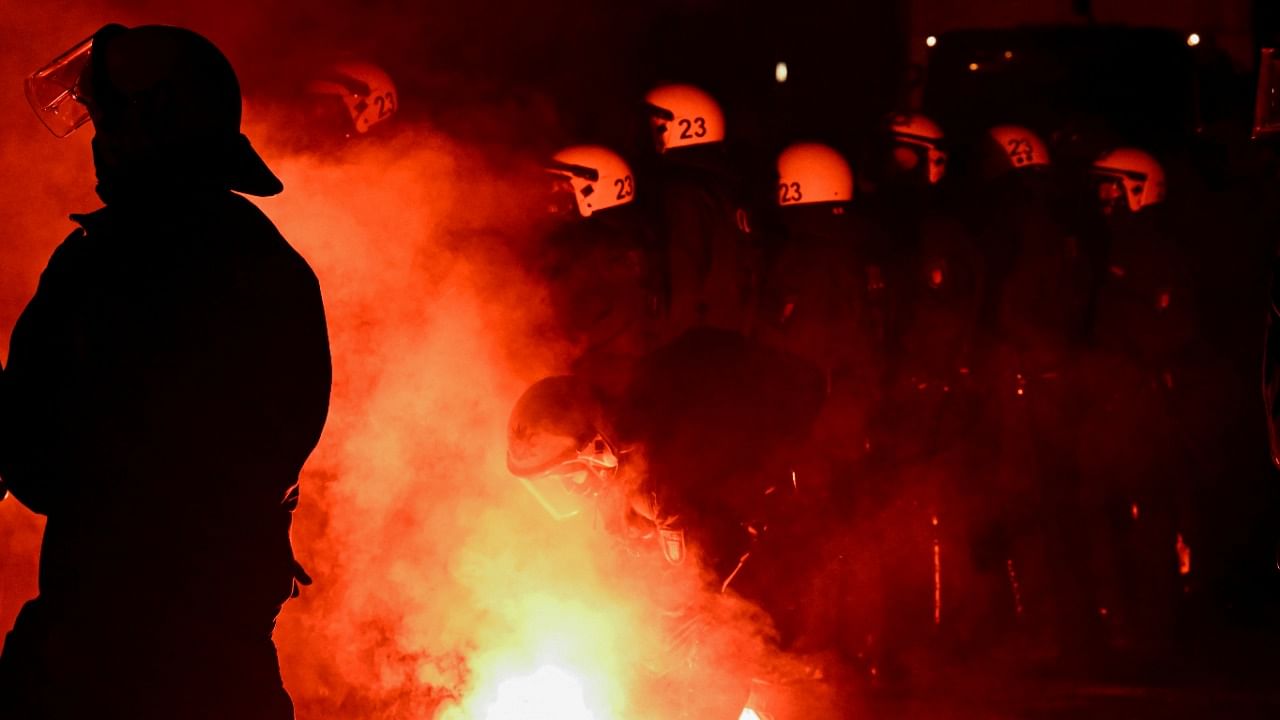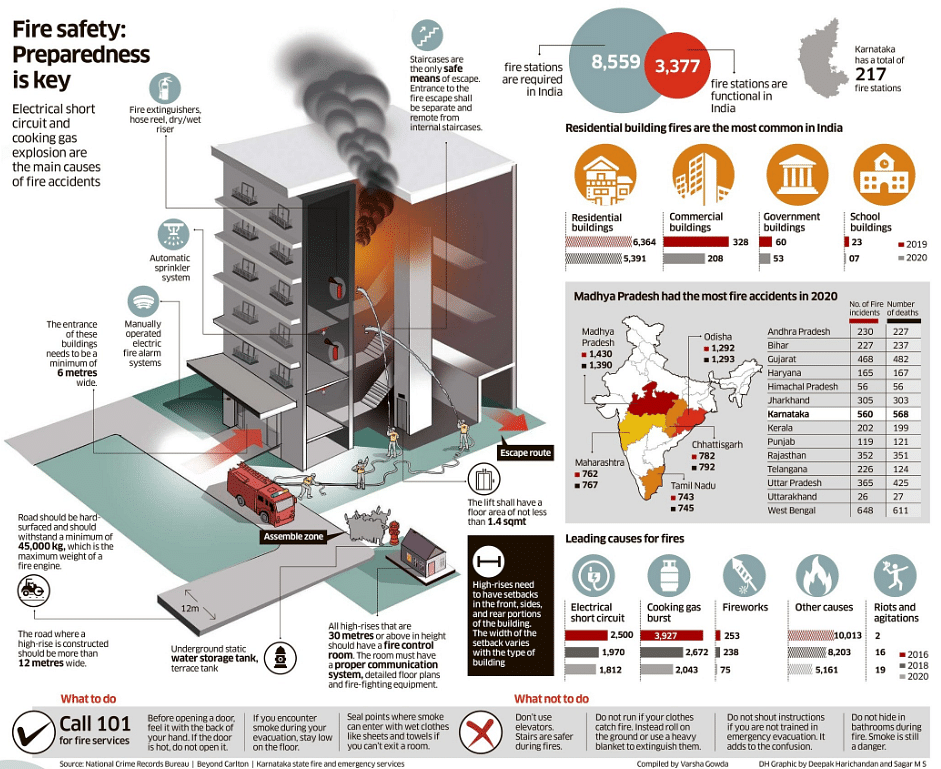

Planned urban growth is alien to most Indian cities, and fire-safety often takes a backseat. Result: Dense outer areas packed with buildings inaccessible by fire trucks, and structurally vulnerable to fatal outbreaks. For the first time in the country, a Fire-Safety Blueprint ambitiously imagined an accident-free Bengaluru with a well-drafted five-year roadmap.
Released in 2018 jointly by the Beyond Carlton collective and the Karnataka Fire and Emergency Services Department, the document could be a template for cities across India to plan out a robust fire-fighting, safety and prevention mechanism, effective for both new and old buildings.
Also read: Fire accidents, a burning problem despite reforms
The Blueprint’s focus was on three key areas: Capacity-building, regulations and compliance and awareness creation. A retrofit policy for older buildings, linking property tax payment to issue of fire No Objection Certificates (NOCs), a Public Private Partnership (PPP) for building and monitoring new fire stations, compulsory burn wards in hospitals and sound protocols for inter-agency coordination were among the key recommendations.
The goal was ambitious but clear: To ensure zero deaths in fire accidents in Bengaluru by 2023, and a 50 per cent reduction in injuries and property loss. Retrofitting old buildings was a critical need, since the National Building Code (NBC) has been effective only